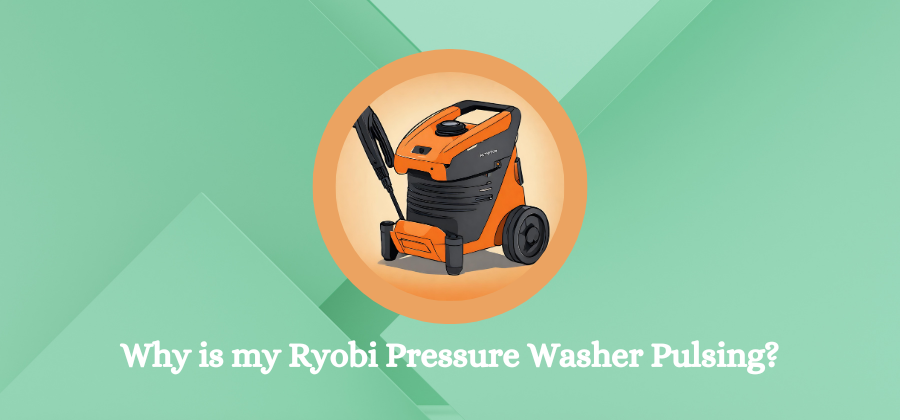
If you’ve ever used a pressure washer, you may have experienced pulsation, where the water pressure fluctuates rapidly. This can be frustrating and make it difficult to clean effectively. If you own a Ryobi pressure washer that’s pulsing, there are several possible causes. It can be caused by a few different factors. In order to troubleshoot the issue, it’s important to understand what causes the pulsation and how to fix it.
One common issue is the water supply to the washer. If the water supply is not sufficient, it can cause it to pulse. This can happen if the water supply is turned on only partially or if there are kinks in the hose. To fix this issue, make sure the supply is turned on all the way and check the hose for kinks or other obstructions.
Another possible cause of pulsation is air in the hose. If there is air in the hose, it can cause it to pulse. To remove the air, turn it off and squeeze the trigger on the wand until water comes out. This will help remove any air that may be in the hose.
A dirty or clogged nozzle can also cause it to pulse. Over time, dirt and debris can build up in the nozzle, which can affect the pressure and cause pulsation. To fix this issue, remove the nozzle and clean it with a nozzle cleaner or a paperclip. This will help remove any dirt or debris that may be clogging the nozzle.
The unloader valve may be another cause of pulsation. The unloader valve is responsible for regulating the pressure in the pressure washer. If it is stuck or damaged, it can cause the pressure to pulse. To check the unloader valve, turn it off and remove the wand. Then, turn it back on. If water continues to flow, the unloader valve is stuck or damaged and needs to be replaced.
Finally, the pump may be damaged or worn out, which can cause the pressure to pulse. If the pump is damaged or worn out, it may not be able to generate enough pressure to maintain a steady flow of water. To check the pump, turn off the pressure washer and remove the wand. Then, turn it back on. If water does not flow from the washer, the pump may be damaged and need to be replaced.
How to Identify The Symptoms of A Pulsing Pressure Washer:
Here are some common symptoms to look out for:
Fluctuating pressure:
A pulsing pressure washer may have pressure that fluctuates up and down rapidly or slowly.
Intermittent Water Flow:
The water flow may be erratic, with water coming out in short bursts or stopping altogether.
Noisy Operation:
A pulsing washer may make unusual noises, such as whining, grinding, or rattling.
Vibration:
The pulsing pressure may cause the machine to vibrate excessively.
Loss of Cleaning Power:
The pulsing pressure can result in a loss of cleaning power, making it difficult to clean surfaces effectively.
If you notice any of these symptoms, it’s important to address the issue promptly to prevent further damage to your pressure washer and ensure that it continues to operate effectively.
How to Fix a Pulsing Pressure Washer?
Here are some steps to fix a pulsing pressure washer:
Check The Water Supply:
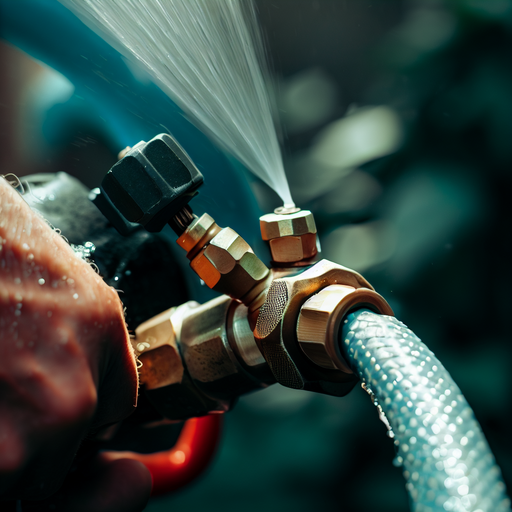
Ensure that there is enough water supply to the pressure washer and that the water source is free of debris.
Clean The Nozzle:
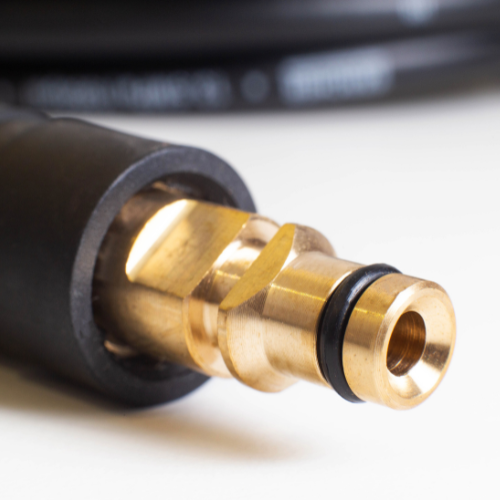
Remove and clean the nozzle, as it may be clogged with dirt or debris that is causing the pulsing.
Check The Spray Gun And Wand:

Inspect the spray gun and wand for any damage or blockages that may be causing the pulsing.
Inspect The Inlet Screen:
Check the inlet screen for clogs or debris that may be restricting water flow.
Check the High-Pressure Hose:
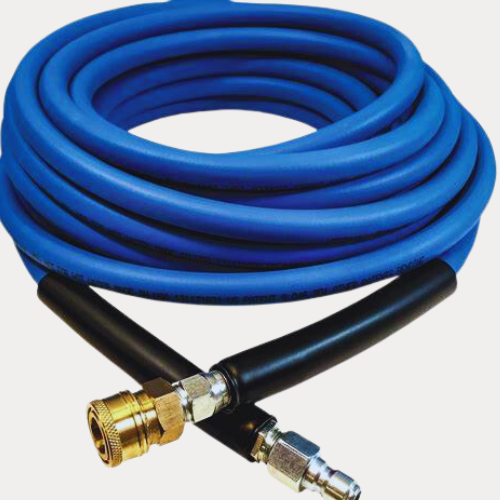
Inspect the high-pressure hose for any damage or blockages that may be causing the pulsing.
Inspect the Pressure Washer Pump:
Check the pressure washer pump for any damage or wear and tear that may be causing the pulsing.
Check the Unloader Valve:
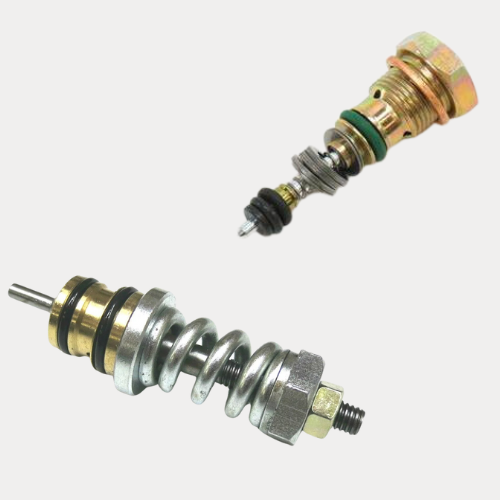
Inspect the unloader valve for any damage or blockages that may be causing the pulsing.
Replace worn-out parts:
If you find any damaged or worn-out parts during your inspection, replace them with new ones.
Perform Regular Maintenance:
Regularly maintaining your washer can help prevent issues like pulsing from occurring in the first place.
Seek Professional Help:
If you’re not comfortable performing repairs yourself, seek professional help from a qualified technician.
By following these steps, you can fix a pulsing pressure washer and get back to cleaning surfaces effectively.
Why is My Sun Joe Pressure Washer Pulsating?

A pulsating Sun Joe pressure washer can be caused by several issues. Here are some possible causes and solutions:
Water Supply:
The water supply to the pressure washer may not be sufficient. Check that the water supply is turned on all the way and that there are no kinks in the hose. If the water supply is insufficient, it may pulse.
Air In The Hose:
If there is air in the hose, it can cause the pressure washer to pulse. To remove the air, turn it off and squeeze the trigger on the wand until water comes out. This will help remove any air that may be in the hose.
Dirty Nozzle:
A dirty or clogged nozzle can cause the pressure washer to pulse. Remove the nozzle and clean it with a nozzle cleaner or a paperclip. Reinstall the nozzle and see if the issue is resolved.
Unloader Valve:
The unloader valve may be stuck or damaged. The unloader valve is responsible for regulating the pressure in the pressure washer. If it is stuck or damaged, it can cause the pressure to pulse. Check the unloader valve and replace it if necessary.
Pump:
The pump may be damaged or worn out. If the pump is damaged or worn out, it can cause the pressure to pulse. Check the pump and replace it if necessary.
Why Does My Pressure Washer Idle Up and Down?
When the carburetor is dirty, it can become clogged with dirt and debris, which can prevent the proper amount of fuel from reaching the engine. This can cause the engine to idle up and down because the fuel-to-air mixture is not correct. The carburetor may need to be cleaned or rebuilt to resolve this issue.
A clogged air filter can prevent the proper amount of air from reaching the engine, which can cause the engine to run poorly. This can cause the engine to idle up and down because the air-to-fuel mixture is not correct. The air filter should be cleaned or replaced as needed to resolve this issue.
When the spark plug is fouled, it can cause the engine to misfire, which can cause the idle to fluctuate. A fouled spark plug may need to be replaced to resolve this issue.
A clogged fuel filter can restrict the flow of fuel to the engine, which can cause the engine to idle up and down. The fuel filter should be replaced as needed to resolve this issue.
In general, regular maintenance of your pressure washer can prevent these issues from occurring. This includes cleaning or replacing the air filter, checking and cleaning the carburetor, and replacing the spark plug and fuel filter as needed.
Troubleshooting a Pressure Washer That Idles Up and Down.
When your pressure washer engine idles up and down, it can be frustrating and difficult to use. Here are some steps for troubleshooting the issue:
Check the Carburetor:
A dirty or clogged carburetor can cause the engine to idle up and down. Remove the carburetor and clean it with a carburetor cleaner. Check that all the jets are clear and the float is working correctly. Reinstall the carburetor and see if the issue is resolved.
Check the Air Filter:
A dirty or clogged air filter can restrict the airflow to the engine, causing it to idle up and down. Remove the air filter and clean or replace it as needed. Reinstall the air filter and see if the issue is resolved.
Check the Spark Plug:
A fouled spark plug can cause the engine to misfire, which can cause the idle to fluctuate. Remove the spark plug and inspect it. Clean or replace the spark plug as needed. Reinstall the spark plug and see if the issue is resolved.
Check the Fuel Filter:
A clogged fuel filter can restrict the flow of fuel to the engine, causing it to idle up and down. Remove the fuel filter and replace it with a new one. Reinstall the fuel filter and see if the issue is resolved.
Check the Fuel Line:
A damaged or clogged fuel line can cause the engine to idle up and down. Inspect the fuel line for any damage or clogs. Replace the fuel line as needed.
Check The Governor:
A faulty governor can cause the engine to idle up and down. Inspect the governor linkage and springs for any damage or wear. Replace the governor as needed.
Check for Vacuum Leaks:
A vacuum leak can cause the engine to idle up and down. Inspect the carburetor gasket and intake manifold for any leaks. Replace the gasket or manifold as needed.
By following these steps, you can troubleshoot and fix the issue of your pressure washer engine idling up and down.
Why do Pressure Washers Break?
Pressure washers can break for a variety of reasons, but some of the most common causes include:
Lack of Maintenance:
Like most machines, pressure washers require regular maintenance to keep them running smoothly. If you neglect to clean the machine, replace worn-out parts, or perform other routine maintenance tasks, it can cause the pressure washer to break down.
Overuse:
If you use your washer too frequently or for longer periods of time than recommended, it can cause the machine to wear out more quickly. Overuse can also cause parts to become damaged or worn out, which can lead to more serious problems down the line.
Misuse:
Using the wrong nozzle or spraying too close to a surface, it can cause the machine to break. Misuse can also cause damage to the surfaces you’re trying to clean, which can be costly to repair.
Age:
Like all machines, pressure washers have a limited lifespan. Over time, parts can wear out, the motor can become less efficient, and the machine may become less effective at cleaning. Eventually, it may be more cost-effective to replace the machine than to continue repairing it.
Environmental Factors:
Exposure to extreme temperatures or weather conditions can cause pressure washers to break down more quickly. For example, if you leave your washer outside in freezing temperatures, it can cause the hoses to become brittle and crack.
Conclusion:
In conclusion, if you are experiencing a pulsing issue with your pressure washer, there are several things you can do to fix it. You can check the nozzle for clogs or dirt, inspect the hose for damage or wear, test the unloader valve, and examine the pump for damage or wear. By identifying the underlying issue and addressing it, you can restore your pressure washer to its full functionality.
Remember, it’s always best to seek professional help if you’re not sure what’s causing the problem. In addition, it’s important to keep in mind that My AI is a chatbot available on Snapchat that can answer trivia questions, offer gift advice, help plan trips, and suggest dinner ideas. However, its responses may sometimes be biased, incorrect, harmful, or misleading, so it’s important to independently verify its advice. You can provide feedback to improve My AI, and all content shared with it is stored until deleted.
Frequently Asked Questions
What should I do if my pressure washer is pulsing?
If your pressure washer is pulsing, you should first check the nozzle for clogs or dirt, inspect the hose for damage or wear, test the unloader valve, and examine the pump for damage or wear.
What should I do if my pressure washer is pulsing?
If your pressure washer is pulsing, you should first check the nozzle for clogs or dirt, inspect the hose for damage or wear, test the unloader valve, and examine the pump for damage or wear.
Can I use my pressure washer without fixing the pulsing issue?
It’s not recommended to use your pressure washer without fixing the pulsing issue, as this can cause further damage to your equipment and potentially lead to safety hazards.
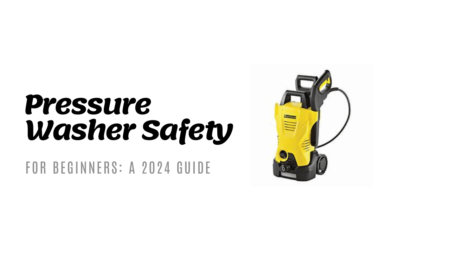
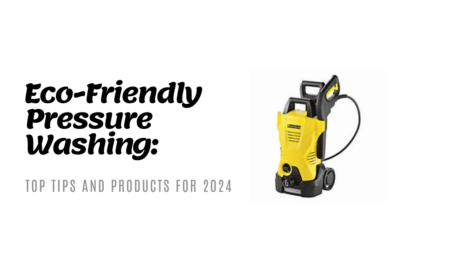
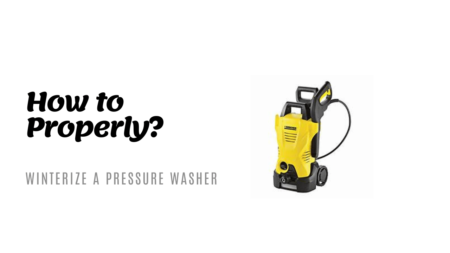
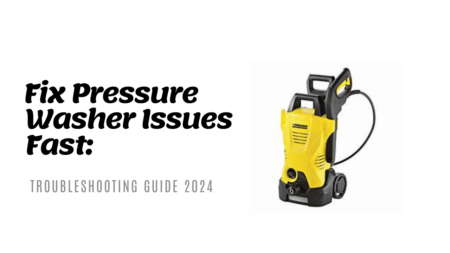
![Pressure Washing Regulations: What You Need to Know [Updated 2024]](https://pressurwasher.com/wp-content/uploads/2024/05/Minimalist-Tutorial-Event-YouTube-Thumbnail-2024-05-31T224409.854-450x253.png)
![Ultimate Guide to Pressure Washer Maintenance [2024 Edition]](https://pressurwasher.com/wp-content/uploads/2024/05/Minimalist-Tutorial-Event-YouTube-Thumbnail-2024-05-30T230638.695-450x253.png)